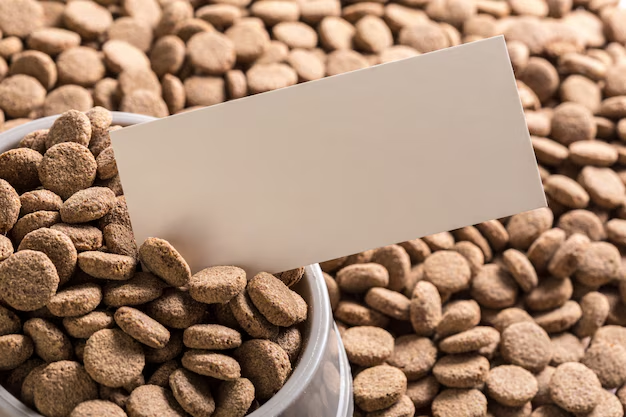Can You Buy Dog Food With SNAP Benefits? Here's What You Need to Know
Navigating the world of government assistance programs can be tricky, especially when it comes to understanding what you can and cannot purchase with SNAP benefits, commonly known as food stamps. A common question among recipients is whether they can use these benefits to buy food for their furry companions. Unfortunately, the answer is no. Food stamps, or SNAP benefits, are designed solely for the purchase of food and non-alcoholic beverages for human consumption, meaning that pet food is not covered. This can create challenges for pet owners who rely on SNAP benefits to meet their financial needs.
While this limitation might seem daunting, there are still plenty of resources and strategies available for those seeking additional support. Understanding the landscape of financial assistance can empower you to find solutions that ease your financial burdens. Let's explore some actionable alternatives and resources that may assist you in taking care of your beloved pets, as well as managing your financial well-being.
Alternative Resources for Pet Owners
If you're struggling to afford pet food, consider these options:
Local Pet Food Pantries: Many communities offer pet food pantries that distribute free food to pet owners in need. Check with local animal shelters or rescue groups for their locations and hours.
Animal Shelters: Shelters themselves often have resources and may provide pet food assistance programs to members of their community.
Nonprofits and Charities: Organizations like the Pet Food Bank or Meals on Wheels sometimes help with inputs beyond meals for humans, providing additional resources for your pets.
Financial Assistance Programs
For individuals facing broader financial challenges, there are various programs designed to provide support beyond food assistance:
Government Aid
Temporary Assistance for Needy Families (TANF): This program offers additional financial assistance to low-income families, which can help cover essential household expenses.
WIC (Women, Infants, and Children) provides nutritional assistance for mothers and young children, while not directly helping pets, it can free up finances for other needs.
Debt Relief and Credit Solutions
Credit Counseling Services: Organizations offer guidance on managing debt and finances, helping you find a path forward under financial stress.
Debt Consolidation Programs help streamline payments into a single, more manageable monthly payment, reducing financial overwhelm.
Educational Opportunities
Investing in your education can enhance future earning potential. Consider applying for:
Federal Student Aid: Grants may be available based on income, lowering the cost of education.
Scholarships: Many private scholarships go unutilized and can be a great way to fund further education without accruing debt.
The journey towards financial stability may seem overwhelming, but the availability of these diverse resources provides a comforting reminder that you're not alone. Every small step you take toward understanding and leveraging these opportunities strengthens your capability to manage finances with confidence.
High-Value Assistance Programs & Opportunities
🐾 Local Pet Food Pantries: Low-cost or free pet food assistance.
💲 Temporary Assistance for Needy Families (TANF): Additional government aid.
📈 Credit Counseling Services: Guidance and planning for debt management.
🎓 Federal Student Aid and Scholarships: Educational funding opportunities.
Navigating financial assistance programs effectively can help streamline your efforts to manage personal and household obligations. By exploring available aid, you not only support your immediate needs but also take steps toward long-lasting financial security.

- Is Ebt Food Stamps
- Is Ebt And Food Stamps The Same
- What Is Ebt Food Stamps
- Where To Get Food Stamps
- Where Do You Go To Apply For Food Stamps
- Where Can i Use Food Stamps
- Where Can i Go To Apply For Food Stamps
- Where Can i Apply For Food Stamps
- When Do i Get My Food Stamps Each Month
- When Do Food Stamps Hit Your Card